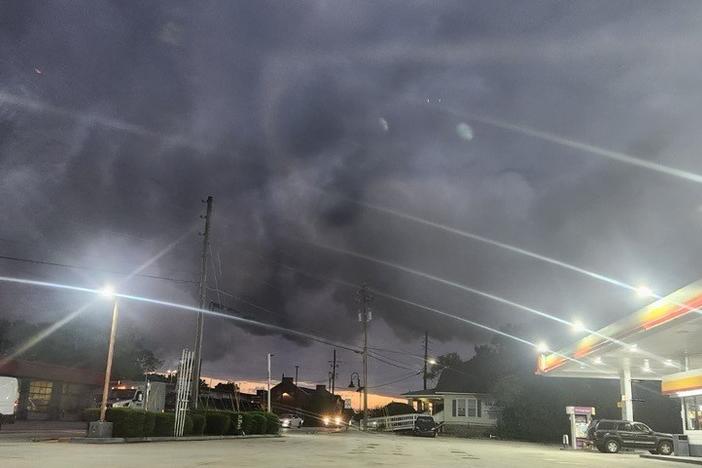Toxic Secrets Unveiled: Inside the BioLab Disaster's Aftermath

Toxic Aftermath: The Battle for Truth After the BioLab Inferno
When flames engulfed the BioLab facility in Conyers, the community was left with more than just charred remains—they were facing an invisible threat of potential chemical contamination. In the wake of this environmental crisis, local business owners and independent researchers became unlikely heroes, launching a grassroots investigation to uncover the true extent of the chemical fallout.
What began as a local concern quickly transformed into a broader narrative of environmental justice. Determined to protect their community and understand the potential health risks, these local investigators worked tirelessly to collect samples, analyze data, and piece together the complex puzzle of chemical exposure.
Their investigation revealed more than just local implications. As they dug deeper, they discovered a growing network of communities across the country grappling with similar chemical disaster experiences—a sobering reminder of the widespread environmental challenges facing modern society.
This story is not just about one fire or one community, but about the resilience of people fighting for transparency, health, and environmental safety in the face of industrial uncertainty.
